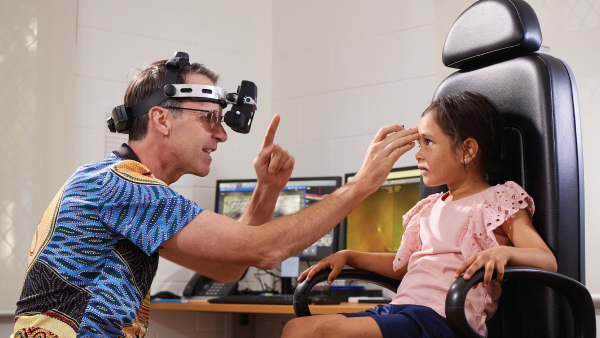Semaglutide Blindness Risks
Heightened NAION risk linked to popular prescription antidiabetic/weight loss medication
Just over a year ago, we covered a story on the popular weight loss drug, Ozempic, and its potential links to diabetic retinopathy (DR). For that article we spoke with Albert Li, medical and surgical retina specialist and Clinical Assistant Professor of Ophthalmology at Zucker School of Medicine at Hofstra/Northwell, who had presented data at ARVO indicating that Ozempic was associated with higher rates of DR, as well as other adverse ocular events, when compared to other glucagon-like peptide 1 (GLP-1) receptor agonists, such as Tanzeum, Trulicity, and Victoza.
Li advised that “ophthalmologists certainly should be aware of this finding of worsening diabetic retinopathy with semaglutide in the diabetes literature,” concluding that, at least for patients with diabetes, “the ocular effects of Ozempic use remain unclear.”
Fast-forward to July 2024 and Ozempic – or more precisely, semaglutide, which also includes the brand Wegovy, another FDA-approved medicine used to treat obesity – has now been linked in a new JAMA study to a substantially higher risk of patients developing non-arteritic anterior ischemic optic neuropathy (NAION).
The study – conducted by a team at Mass Eye and Ear – indicates that diabetic patients using either Wegovy or Ozempic are at a staggering fourfold increased risk of being diagnosed with the currently untreatable condition. In addition, any patients who are overweight or obese are seven times more likely to receive a NAION diagnosis if they’re prescribed Ozempic.
While these findings are surprising, the study does not prove causality, and there have been no concrete conclusions offered as to why this association exists for diabetic and obese patient groups.
“Our findings should be viewed as being significant but tentative, as future studies are needed to examine these questions in a much larger and more diverse population,” notes Joseph Rizzo, the study’s co-author and Simmons Lessell Professor of Ophthalmology at Harvard Medical School. “This information… should be included in discussions between patients and their doctors, especially if patients have other known optic nerve problems like glaucoma, or if there is pre-existing significant visual loss from other causes.”
The New Optometrist Newsletter
Permission Statement
By opting-in, you agree to receive email communications from The New Optometrist. You will stay up-to-date with optometry content, news, events and sponsors information.
You can view our privacy policy here
Sign up to The New Optometrist Updates
Permission Statement
By opting-in, you agree to receive email communications from The New Optometrist. You will stay up-to-date with optometry content, news, events and sponsors information.
You can view our privacy policy here
Sign up to The New Optometrist Updates
Permission Statement
By opting-in, you agree to receive email communications from The New Optometrist. You will stay up-to-date with optometry content, news, events and sponsors information.
You can view our privacy policy here







